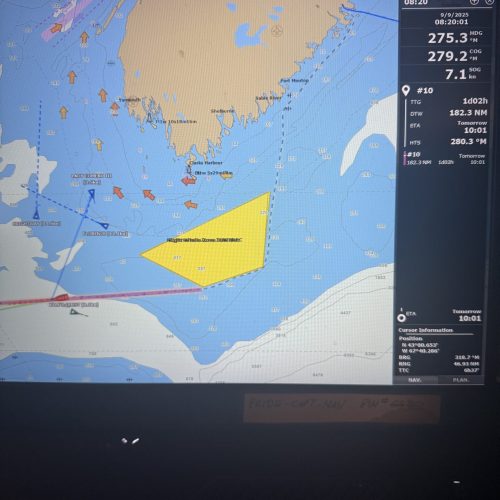Walking east down Thames Street in Fell’s Point last week, past the Broadway City Pier, one could see the tip of our jibboom past the trees and step by step our headrig is revealed and soon the whole of the iconic Baltimore Clipper is in sight, proud and elegant. She’s right where she should be, in the heart of Fell’s Point, the original home to these schooners two hundred years ago. The area was developed in the late 18th century to become Chesapeake Bay’s shipbuilding and trading center. Shipyards and canneries lined the waterfront and local shops inland were dedicated to those workers. The community has fought hard to keep it the way it was, with restored buildings of old notable residents, shipyards and the notorious bumpy roads threatening high-heeled ankles on a Friday night.
It takes no stretch of the imagination while walking around the neighborhood to envision what life would have been like in the 18th and 19th centuries. People with carts hawking oysters and produce, disembodied hammers banging, kids in those knee high socks running around, rolling a hoop with a stick, and of course ships at anchor, crowding the harbor. Yes, Fell’s Point, although demographically has changed and the vendors therein tailor to a different audience now, it still keeps that same sort of… attitude. As a non-native Baltimorean, I just love the sheer aesthetics of these few square blocks.
The other day, docked here at the base of Ann St. at Thames, I climbed aloft to do maintenance on the main mast and was able to get a birds-eye view of the area in the rain. The clouds cast a Dickensian grey shade over the gabled landscape and if I squinted just right and lost myself, the era changed instantly and I was brought right back to the 1800’s. I hate to admit it, tarnishing what can only be the captains’ idea of my flawless work ethic, but I may have taken a moment from stitching up leather to soak in the feeling emanating from such a perspective. It reminded me that I am here not just to sail this awesome boat, but also to live and to celebrate the rich history of Baltimore. Sure, I’ve been working and explaining the history up and down the coast this year, but when I saw that view from the Ann Street Wharf I understood why it is something not only worth celebrating, it is worth preserving.
This year we’ve done a lot of work with Fort McHenry, the famed fort that withstood the onslaught of the English Navy just 198 years ago because of the audacity the city had in building ships like ours, as well as finding sailors brazen enough to sail them into such peril for money and country. Today, we had volunteer historical interpreters on board for an afternoon sail. They knew plenty about the Fort and the war, but we knew about the boats. We took this as an opportunity to show them why. Why Baltimore Clippers were so successful. Why America was able resist the British in the war. Why the British didn’t stop at Washington D.C. on their trip up here during the war.
Baltimore is lucky to have played such a vital role in this war, to have such a lively cosmopolitan locale like Fell’s Point during the industrial and commercial boom, and to have Fort McHenry to defend its honor and independence. America is lucky to have Baltimore! Imagine how the international boundaries and geopolitical landscape would have been changed were privateers not successful during the war, and the inspiring Star Spangled Banner never been written. Now imagine if Baltimore did not have Pride II. This honor and heritage would go largely forgotten! Even worse is that we would not have this awesome boat to sail!
Joe Hauser, Pride of Baltimore II Deckhand






